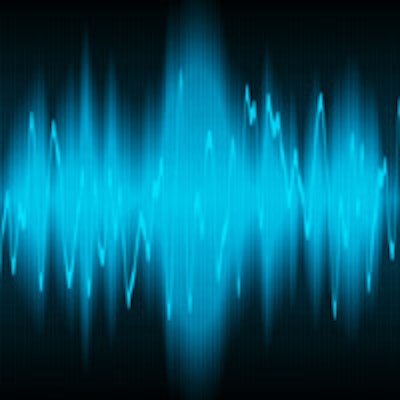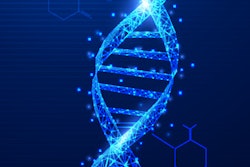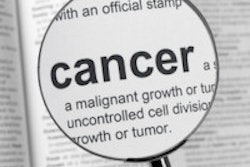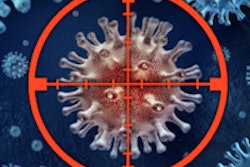
Gene therapy using an innovative ultrasound procedure to transfer therapeutic DNA into cells is being developed to treat xerostomia, a severe side effect of radiation therapy. The research was presented on October 20 at the American Society for Radiation Oncology (ASTRO) conference in San Antonio.
Researchers at the Allegheny Health Network (AHN) have developed a gene therapy that uses DNA rather than a virus as the delivery agent. The treatment introduces new cells to a patient to replace missing or malfunctioning genes, according to an AHN press release.
“While newer techniques have tempered radiation's impact on patients, treating or preventing xerostomia has proved to be an elusive goal.”
"While newer techniques have tempered radiation's impact on patients, treating or preventing xerostomia has proved to be an elusive goal," stated Mark Trombetta, MD, director of clinical programs at AHN's Radiation Oncology Network. "We are excited to lead the development of this potential breakthrough in gene therapy that may finally help patients with chronic dry mouth."
A majority of patients treated for head and neck cancer receive radiation therapy, and many will experience the severe side effect of xerostomia. Dry mouth can linger even after radiation treatment is complete, and current medications offer little relief, the researchers noted.
"About two-thirds of people treated for cancer of the head and neck region will receive radiation therapy, and many of them will suffer from xerostomia, severe dry mouth, that dramatically decreases their quality of life and impacts their overall health," stated Michael Passineau, PhD, director of AHN's Gene Therapy Program. "Our research holds great promise for helping patients who struggle with this difficult complication of treatment."
Gene therapy
To replace missing or malfunctioning genes, this therapy uses DNA as a pharmaceutical agent to introduce new cells into a patient's genes. The process of directing DNA into the cells and sustaining the benefits are the biggest challenges, according to the researchers.
At present, therapeutic DNA must be packaged in a vector, often a virus, to penetrate cells. While this therapy has been used successfully, researchers said it induces a strong immune response and is usually effective only temporarily.
To create a more effective treatment and to allow the DNA to pass through the cell membranes, practitioners use sonoporation, the use of sound such as ultrasonic frequencies, to modify the permeability of cell membranes. A powerful, low-frequency ultrasound beam is directed into the area after mixing a gene drug with a solution of microbubbles and applying it to the treatment site.
This ultrasonic beam causes the bubbles to vibrate in the acoustic field and implode, which creates a shock wave that opens the cell membrane, allowing the gene drug in.
In this study, Aquaporin-1, a protein encoded in the AQP1 gene that functions as a molecular water channel, was transferred into the genes of minipigs. These pigs had a "profound loss" of saliva by four weeks after radiation therapy, according to the reseachers.
Gene therapy was administered 12 or 14 weeks after radiation therapy, which was accomplished via a catheter inserted into a duct inside the mouth. An ultrasound field was subsequently applied to the parotid glands in four 30-second treatments. The technique restored salivary flow to pretreatment levels for all test subjects.
"These results demonstrate, for the first time, the efficacy of ultrasound-assisted, nonviral gene transfer to the parotid glands of swine," Passineau said. "Using ultrasound rather than a virus to facilitate transfer increases safety and decreases the possibility that the therapy will lose effectiveness." The researchers will now test the results in human clinical trials.
The project was supported by a $1.7 million National Institutes of Health grant.



















